Sikorsky Product History
Sikorsky S-66
Background
In the mid 1960s, the US Army identified a need for a higher speed armed attack aircraft which it called the Advanced Aerial Fire Support System, or AAFSS. This new aircraft was intended to replace the Bell UH-1s which were being used as armed helicopters in Vietnam. The AAFSS design speed was 260 knots whereas the UH-1 when modified as a gunship had a speed of less than 100 knots.
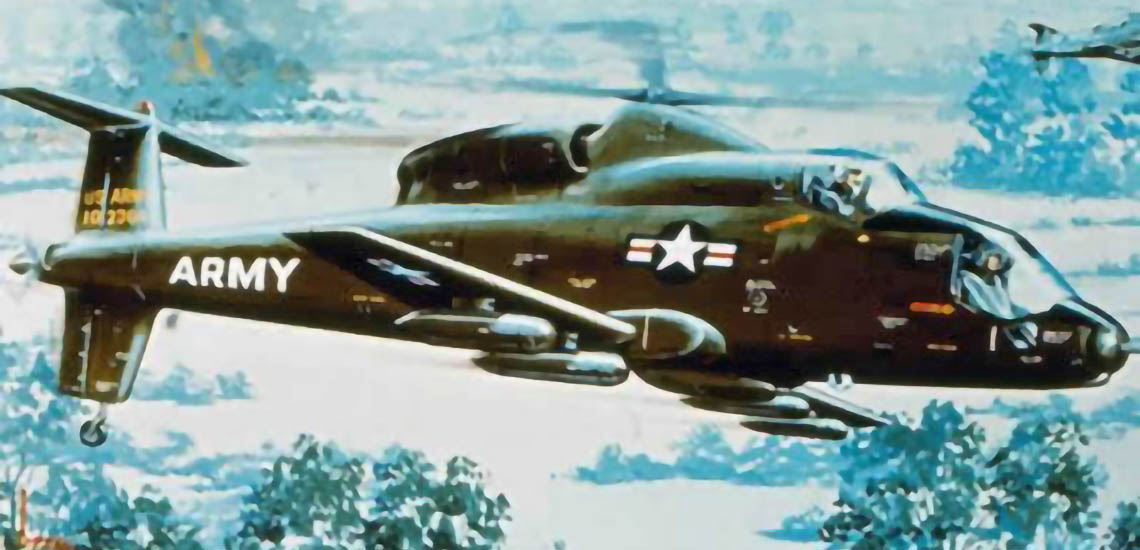
In preliminary design studies, Sikorsky considered both tilt wing and tilt-propeller VTOL aircraft, but decided on the compound helicopter as a lighter, simpler, and lower risk solution. In addition, the compound helicopter was considered to be more agile and stable at all speeds, as well as having superior acceleration and deceleration and a lower downwash velocity to allow use on unprepared takeoff and landing areas. Its autorotative capability in the event of total engine failure was considered to be a vital attribute of the compound helicopter which is not available with tilt rotor/propeller configurations.
It is believed that twelve manufacturers (one reference says twenty), both helicopter and fixed-wing, performed design studies to this requirement. The Army then chose two – Sikorsky and Lockheed – to submit formal proposals for the AAFSS design/development program consisting of ten prototype aircraft. Both the Sikorsky and Lockheed designs were based on compound helicopters. The formal proposals were submitted on August 11, 1965. The Sikorsky proposal price was about $66 million and the Lockheed proposal was priced at approximately $106 million.
Sikorsky’s design was a compound helicopter with a tandem two-man cockpit. A conventional articulated rotor was used because of its proven performance and stability characteristics. At that time the rotor design was based on over six million flight hours on production Sikorsky helicopters.
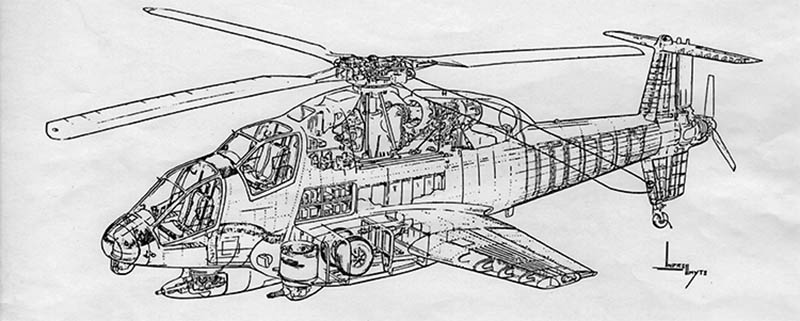
Forward propulsion was provided by a pusher propeller. Sikorsky’s unique approach in the competition was the Rotoprop™, which was a propeller that swiveled 90 degrees to be both the tail rotor in hover and the propeller in cruise.
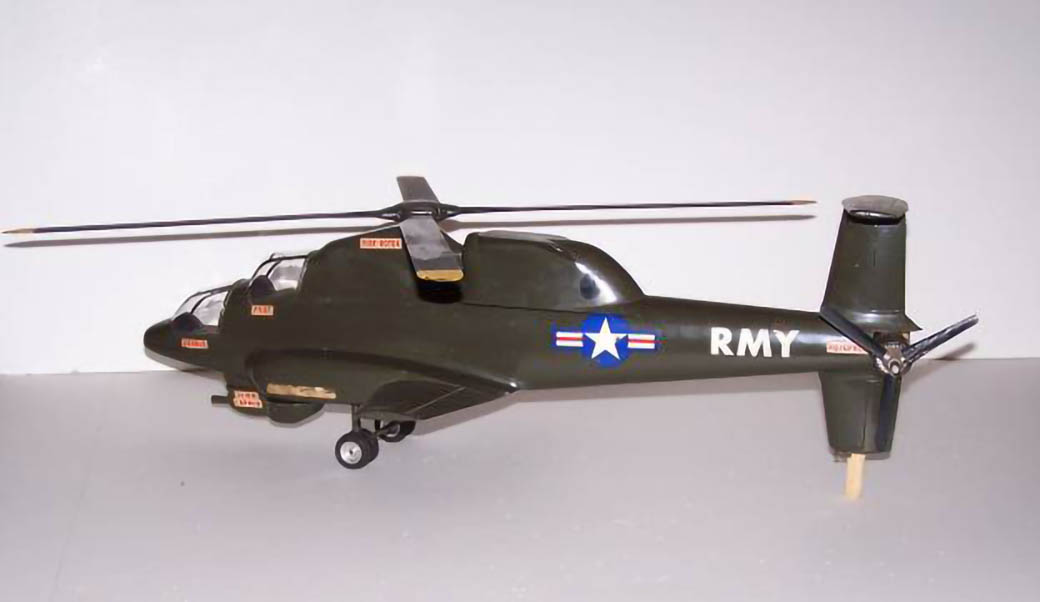

Sikorsky built and flight tested the Rotoprop concept on a company owned S-61A. This used a conventional production tail rotor and demonstrated the “swing tail” in flight with 90 degree conversions being done in about three seconds, controlled by the pilot It was envisioned that in the production design the tail swinging could be done automatically as flight speed increased, or as controlled by the pilot.
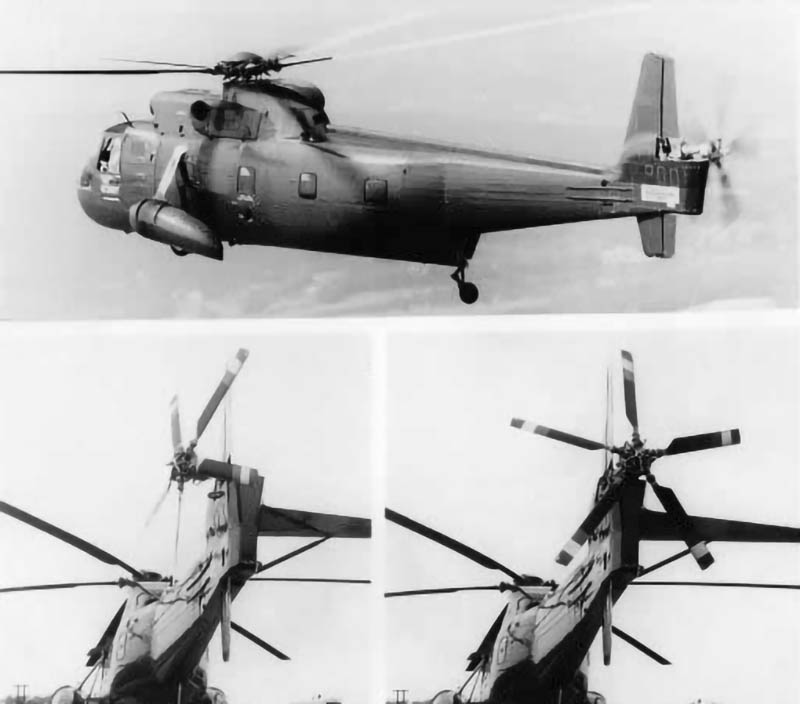
The Rotoprop was actually not a new idea, having been flown during WWII on the experimental Gazda “Heliospeeder”, developed by Antoine Gazda of Providence, Rhode Island. This aircraft is currently on display at the Owls Head Transportation Museum in Owls Head, Maine.
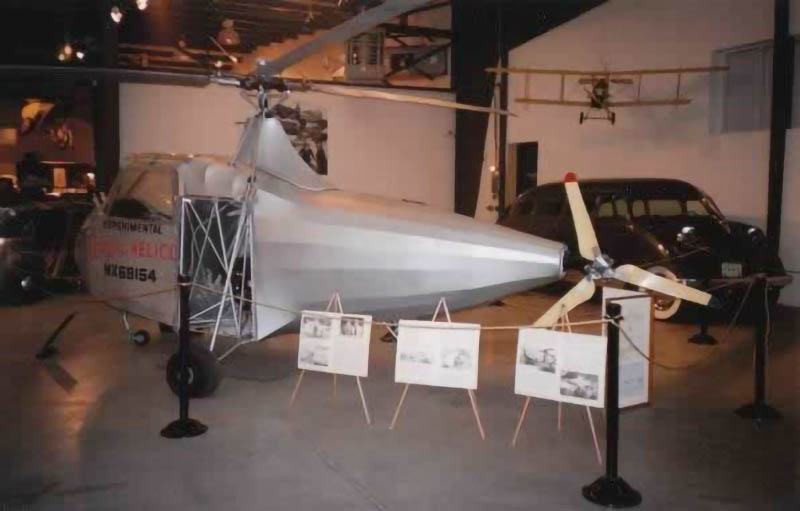
In the competition Sikorsky stressed its experience with aircraft of the AAFSS size. The production SH-3/S-61 was very similar; the CH-53 was even larger. In addition, Sikorsky was flying the S-61F experimental compound aircraft. This aircraft first flew in May 1965.
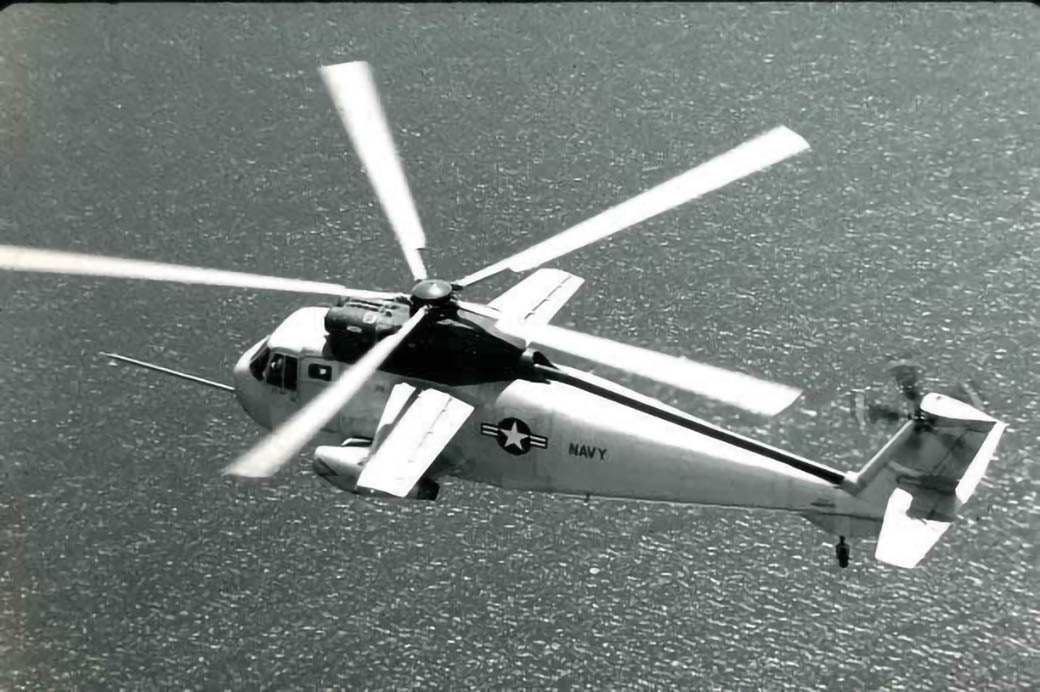
An expanded level of technology was introduced with the AAFS, with the aircraft manufacturer now required to integrate weapons, optical sighting systems, and fire control systems into the basic helicopter design. This created expanded positions in the Sikorsky engineering department with engineers now becoming expert in technologies beyond those of the basic helicopter.
Lockheed proposed its “rigid” rotor which was successfully flying on the XH-51A experimental aircraft. At the time of proposal submittal, the XH-51A had achieved an airspeed of 235 knots and demonstrated high maneuverability.
Sikorsky believed that it had a stronger technology base, with much experience on larger aircraft similar in size to that required for the AAFSS. The Lockheed XH-51A was a much lighter vehicle, only one-fifth the size of Lockheed’s proposed AAFSS.
Lockheed received much publicity as a result of the XH-51A’s ability to perform loops and rolls, implying an advantage of the rigid rotor over the articulated rotor. Sikorsky countered with photos of an S-55 performing these same maneuvers years earlier. A Sikorsky and a Marine pilot then performed loops and rolls with a production CH-53 to prove that a rigid rotor was not required to perform these maneuvers. This was all marketing; the Army did not require loops and rolls for the production AAFFS.
Sikorsky was confident in its design and the company was both surprised and disappointed in November, 1965 when the Army chose the Lockheed design to enter the prototype flight development phase prior to a production award. This aircraft became the YAH-56A Cheyenne. As an historical note, the YAH-56A first flew in September 1967 and by 1968 10 prototypes were delivered to the Army. After several years of testing, the Army decided to cancel the Cheyenne program in 1969 because of unresolved technical problems associated with its rigid rotor that led to accidents and program delays. It is fair to conclude that the technical risks associated with the rigid rotor operating at high speeds were not fully understood or appreciated during the AAFSS proposal phase. As a result Lockheed did not have sufficient time to satisfactorily solve the basic helicopter problems associated with its unproven rigid rotor during the development phase of the AAFSS program.
There were a number of “lessons learned” by Sikorsky from this experience. One was that Sikorsky had to be much closer to the government technical communities as new ideas and technologies were developed. Another was that designing and building basic helicopter airframes was not going to be enough in the future to satisfy evolving mission requirements nor to remain competitive. Now the customer expected the manufacturer to be a systems integrator, capable of integrating weapons and weapon control systems into their products. An additional lesson learned was the importance of scale effects when developing and demonstrating new technology. Lockheed’s inability to successfully scale up its XH-51 by a factor of five to its AH-56 was a major factor in Sikorsky’s determination to demonstrate all UTTAS (Black Hawk) technologies in full scale during the pre-prototype time period in the late 1960s. These lessons learned led to major changes in the way Sikorsky operated, and eventually to a successful win of the Army’s UTTAS, Utility Tactical Transport Aircraft System, that became the start of the long Black Hawk/Seahawk lineage.
- by Art Linden
Related Articles
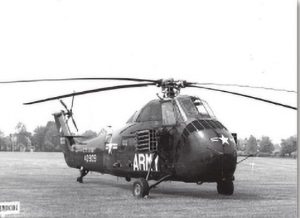
Evolution of the Armed Helicopter
Military users quickly understood the flexibility and fire-power of rotary wing platforms and ultimately evolved highly integrated weapons systems ready to protect themselves and others.
